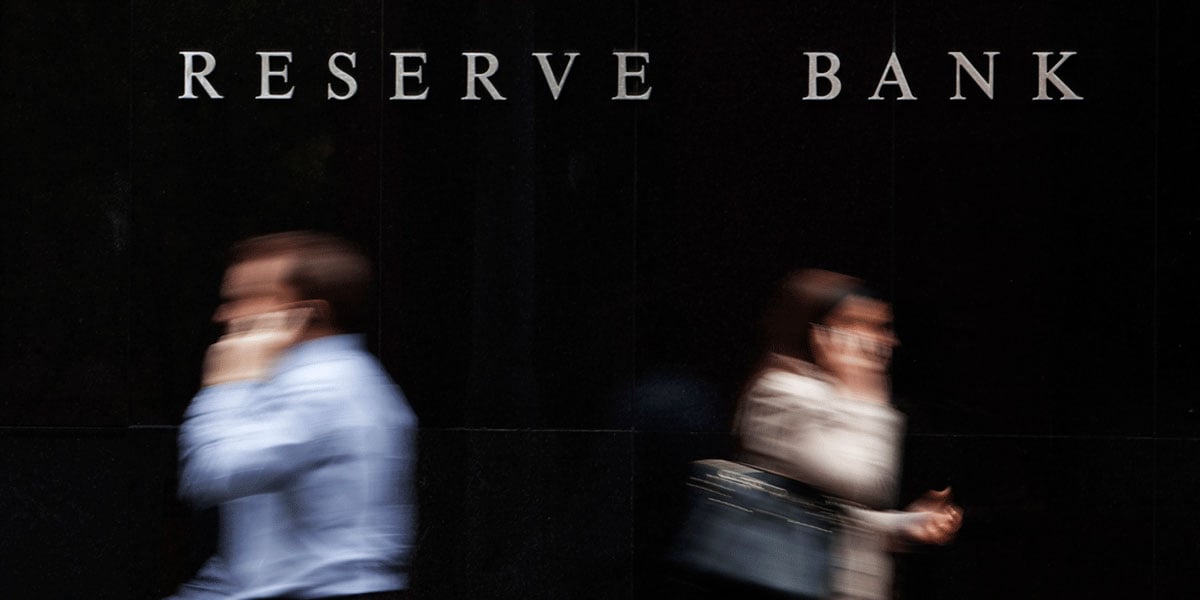Download the PDF

Jawboning becomes forward guidance
As expected, the RBA kept rates on hold this week, with a cash rate of 4.35% now in place since November last year. Unlike the stability of the cash rate though, the backdrop of the RBA’s meeting was anything but stable. In the days leading into the RBA’s meeting, signs of a slowing US economy and an aggressive rate hike by the Bank of Japan (BoJ) conspired to unwind two overdone and somewhat related trades, namely the trade into equities (in particular, tech stocks) and other more speculative assets (such as Bitcoin) and the USD/Yen carry trade. What ensued was a global correction in financial markets that saw equity valuations and interest rates plummet, and a sharp increase in volatility in currency markets.
In this midst of this turmoil, the RBA chose to not only reaffirm its tightening bias, but to double down on the jawboning rhetoric by providing “not forward guidance” that there would be no rate-cut-for-six-months. Will they never learn?
Sure, saying no rate cuts for 6 months is not quite the same as saying that there will be no rate hikes for three years, as ex-Governor Phil Lowe fatefully claimed. But boy-oh-boy, the risk to credibility is enormous if current Governor Michelle Bullock has to back pedal and deliver a rate cut before year end. The statement was even more surprising given the backdrop to the RBA’s meeting.
There were four forces that sparked the increase in global market volatility. First, a weak set of employment data from the US for the month of July. Second, a perception that the US Federal Reserve (Fed) was getting behind the curve, with the risk of not easing quickly enough to avoid a sharp slowdown in the US economy.
Third, a fear that the US economy would enter recession. Fourth, a BoJ that too aggressively tightened Japanese monetary policy. Forecasters are now factoring in a 30% chance of recession in the US economy. With China on the back foot and Europe struggling, it is imperative that the US continues to be a bulwark of support to the global economy over the remainder of 2024.
Hence, we are looking at a still fragile global economic backdrop. What about the Australian economy? Restrictive monetary policy is having the desired effect of slowing the economy. The economy has barely grown this year and per-capita GDP growth will remain negative to year end.
If not for the resurgence in migration adding to both demand and supply, the Australian economy would have well-and-truly lapsed into recession. The pressure on the economy is also evident in the inflation data. As our Senior Economist, Lynda Bourke, points out, inflationary pressure in interest-sensitive discretionary sectors such as holidays, eating out, clothing, furniture and motor vehicles, is easing rapidly having fallen from a peak of 7.1% at the end of 2022 to 2.8% currently. Rather, it is the non-discretionary sectors such as housing (rents and new home construction prices), insurance and health that remain the problem, with their average inflation rate running at 4.5%.
What of the outlook? Is there still a case for a rate cut before year end? We think so. More generally, the problem with inflation is the stickiness of the labour-intensive services sector. That is why developments in the labour market and their impact on wages and unit labour costs are so important to the inflation outlook. And here things are changing. Wage growth peaked at 4.2% in the December quarter and the unemployment rate has been climbing steadily from its low point of 3.5% in October 2022 to its current level of 4.1% on its way to 4.5% by year end. The deterioration of labour market conditions will see wage growth progressively shift lower to a more sustainable rate of 3.5% by year end.
And while productivity growth has been abysmal during the services-led recovery from Covid, the decline in productivity has arrested and is now slightly positive. As the benefits of Federal and State fiscal spending start to feed through to the economy, we can expect a modest cyclical recovery in productivity as businesses can meet the stimulus-induced uptick in growth with their existing workforce. So, why do QIC and the RBA differ over the potential timing of rate cuts? The key is the much slower rate of deterioration the RBA expects in the labour market, with the unemployment rate taking until mid-2025 to reach its peak of just 4.4%.
Interestingly, in its Statement of Monetary Policy, the RBA notes that if the unemployment rate were to rise in line with the median market economist forecast (which slightly lags that of QIC), inflation would decline at a faster rate than in the RBA’s baseline forecast. What does that mean? In our case, and in the case of the median economic forecaster, the RBA’s preferred measure of inflation, the “Trimmed Mean”, is back within the RBA’s range of 2%-3% by mid-2025.
The RBA’s latest forecasts have Trimmed Mean inflation moving back within its band by the end of 2025, around 6 months later than QIC. If the RBA is too pessimistic over the inflation outlook, is it enough for the RBA to bring forward its first rate cut into 2024? With the outlook for the global economy and financial markets uncertain, the Australian economy struggling and inflation on the way down, we see potential for a rate cut before year end, notwithstanding the RBA’s current reluctance to countenance such a possibility.

